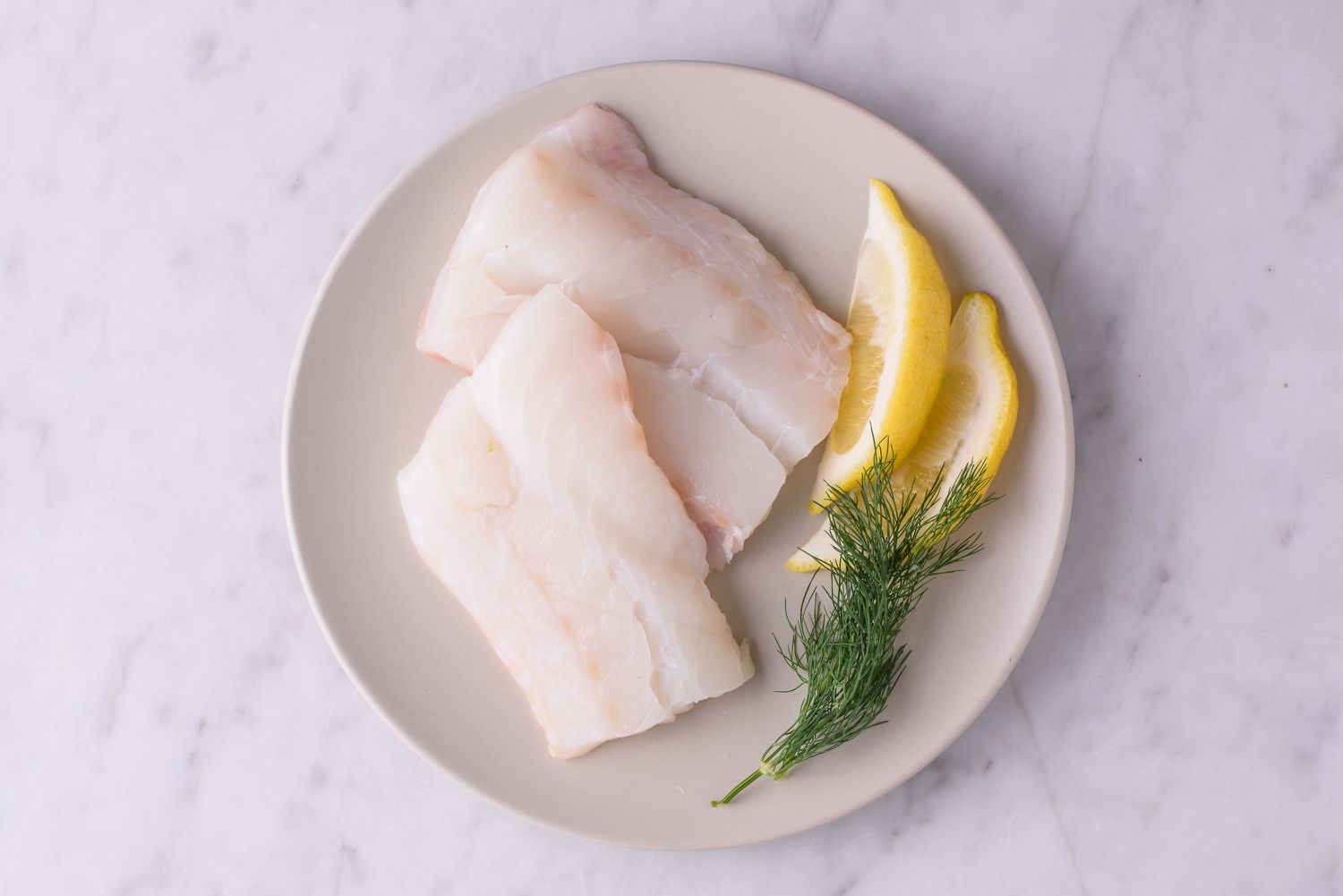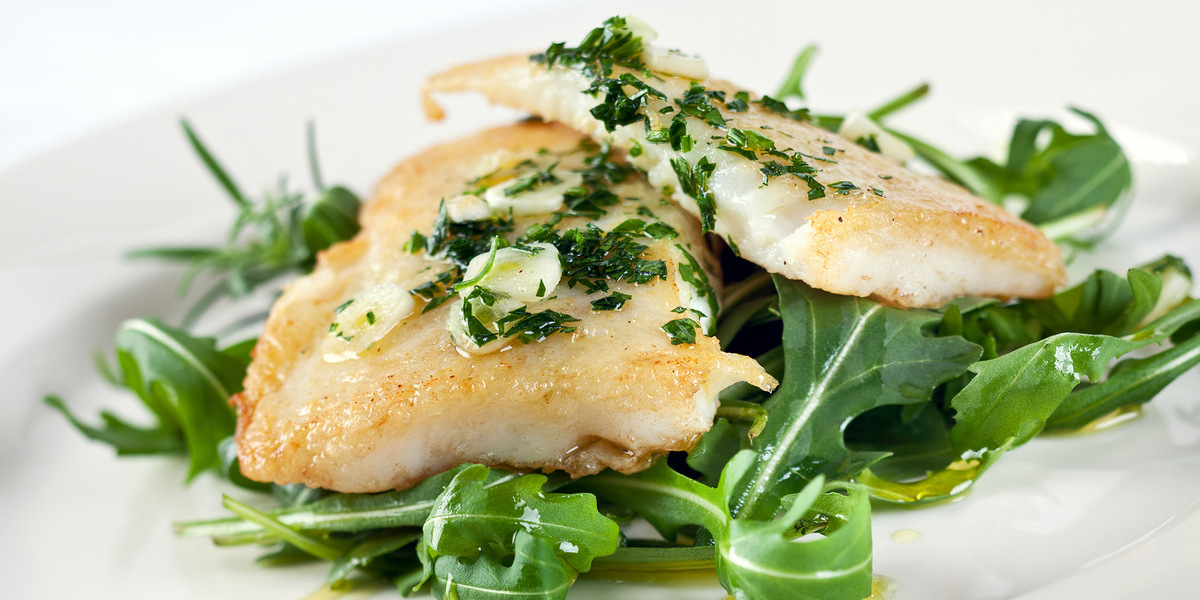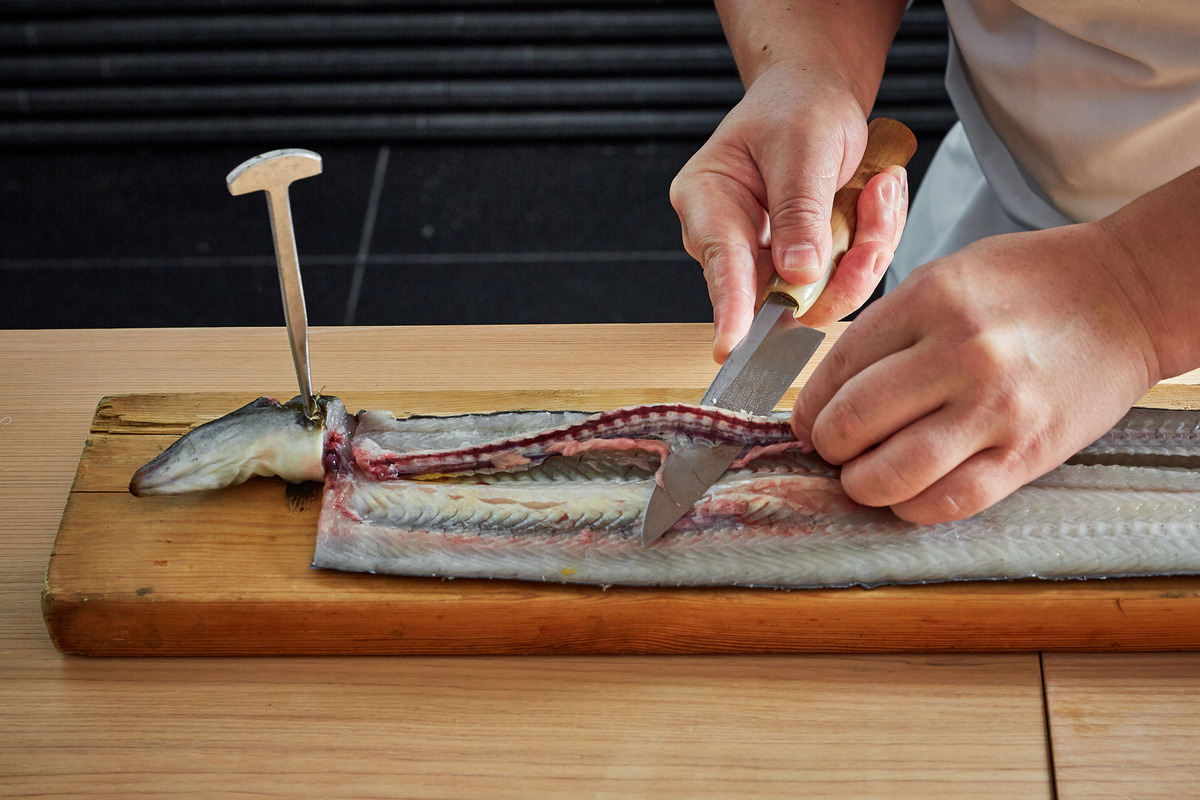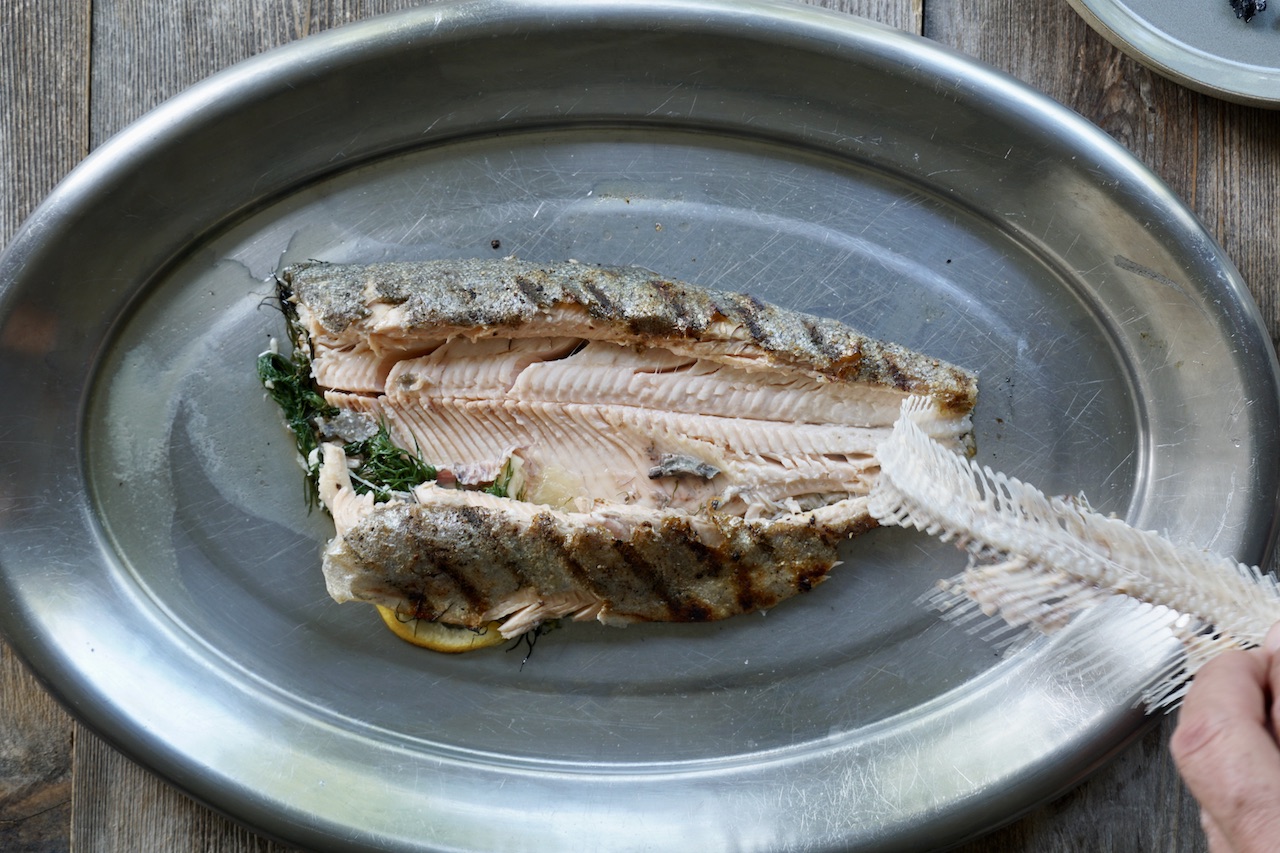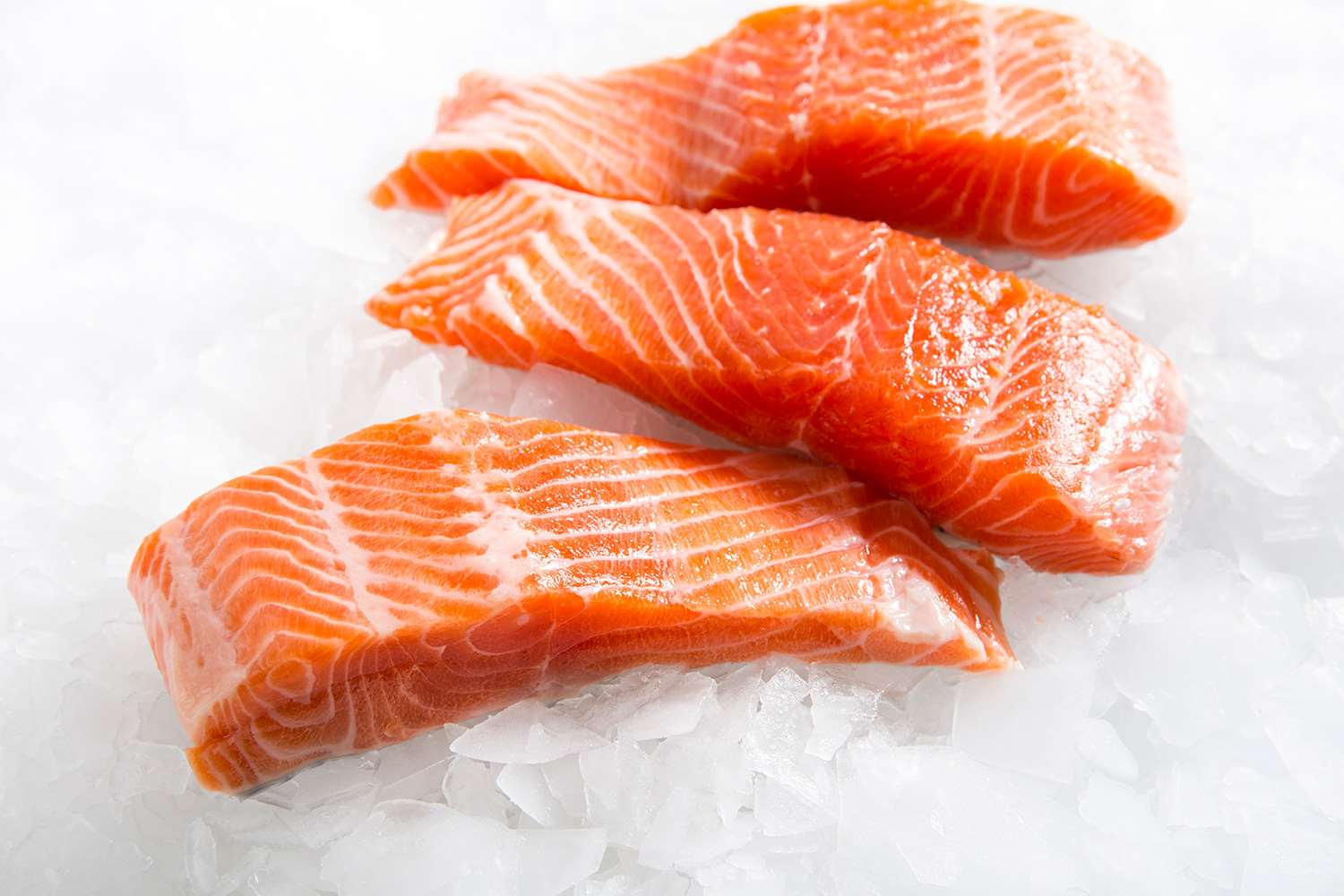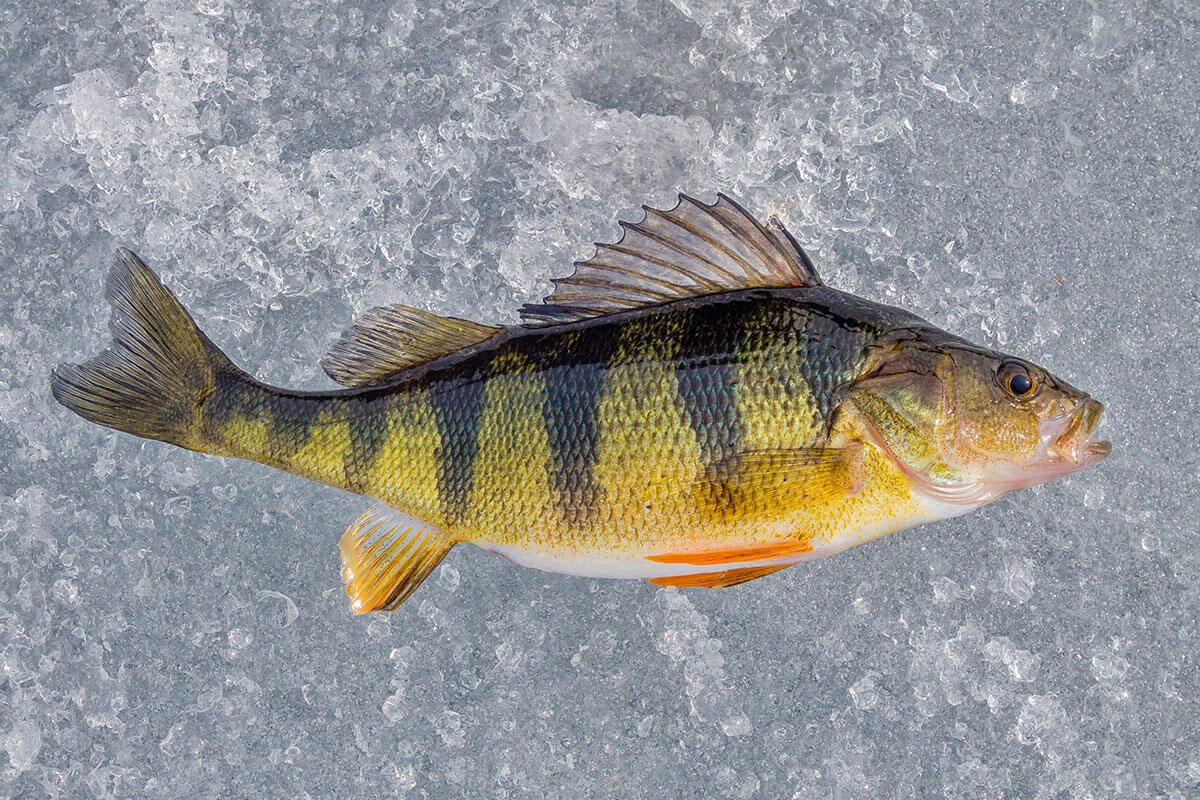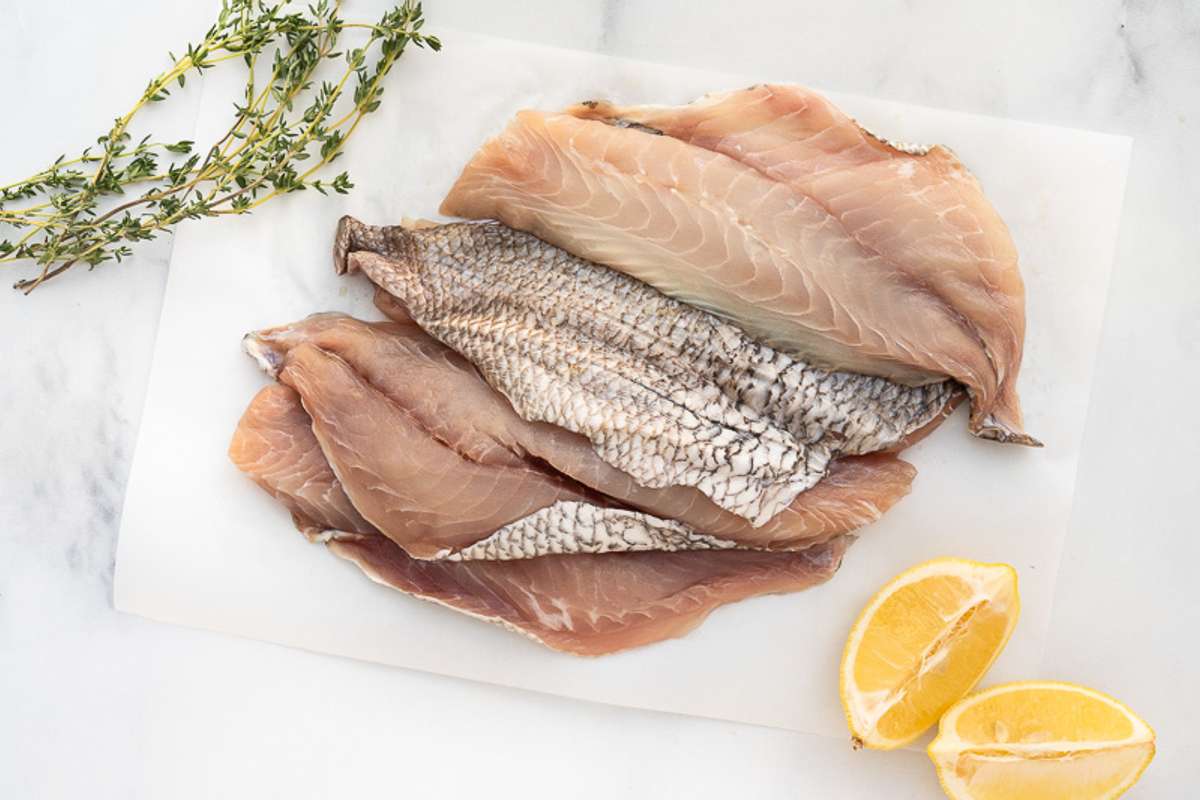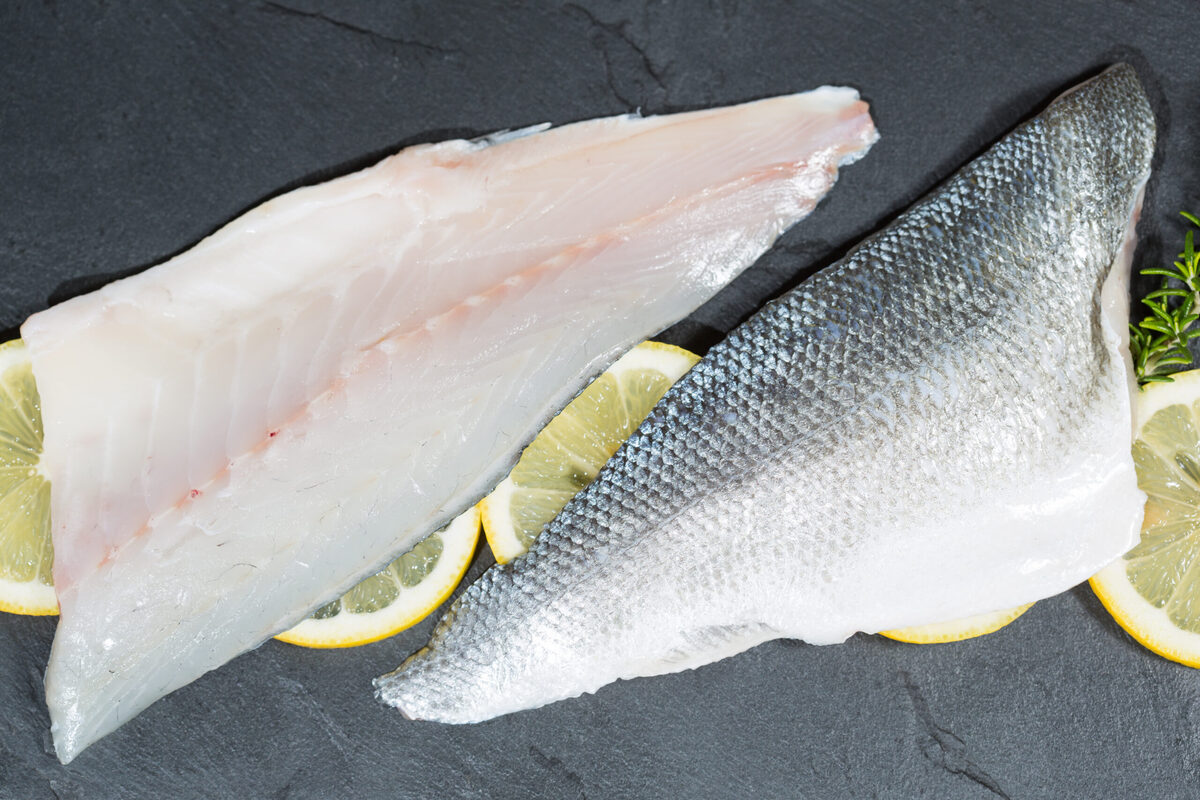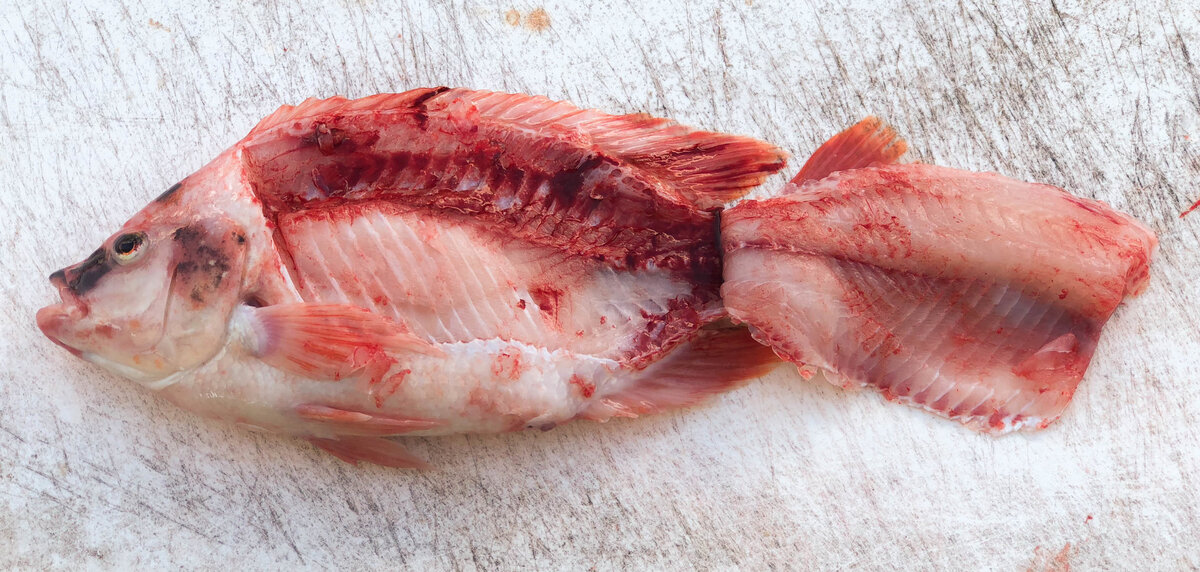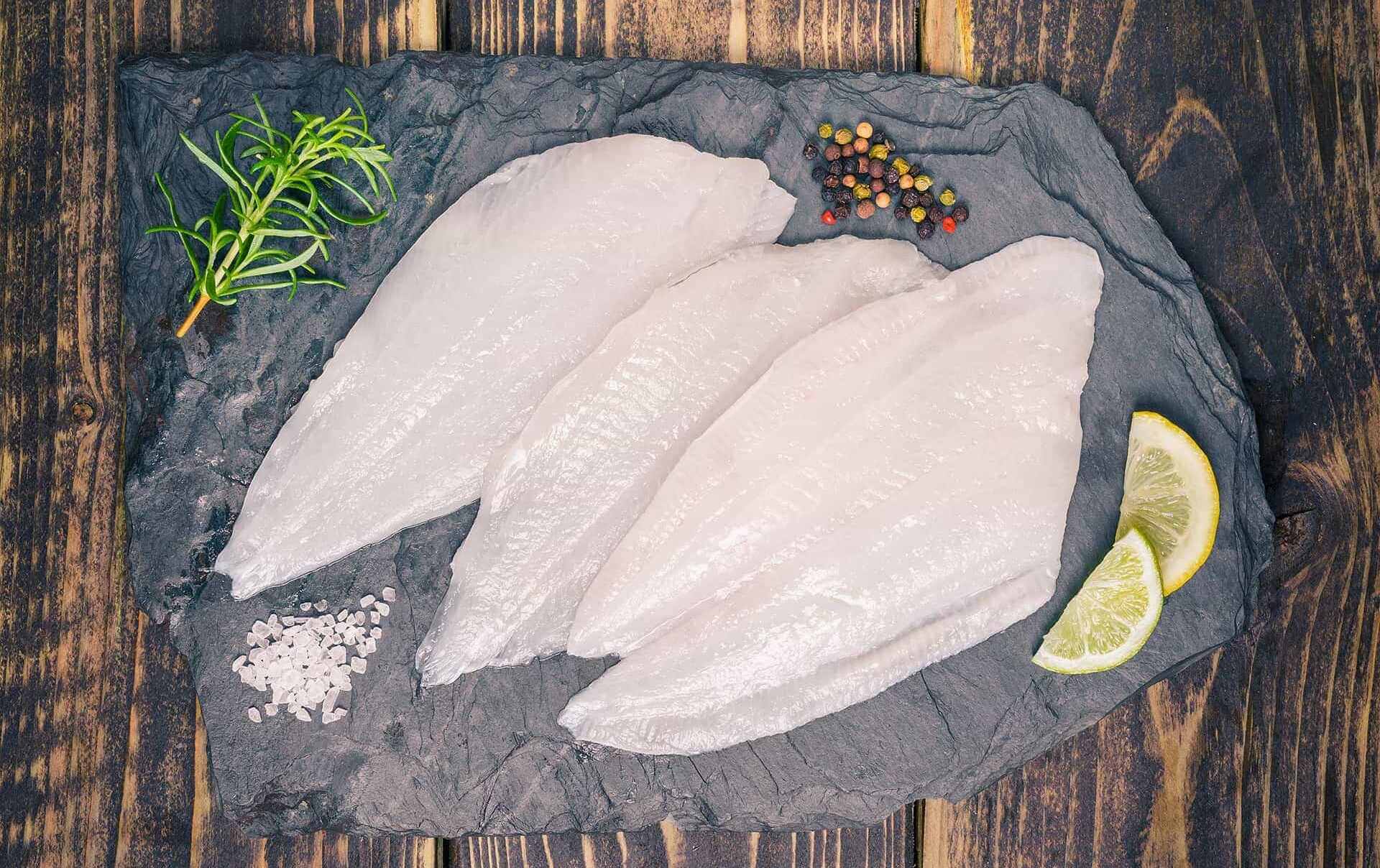How To Safely and Successfully Fillet Blowfish
Blowfish, also known as fugu in Japan, is a delicacy that requires careful preparation due to its potential toxicity. Properly filleting a blowfish is essential to ensure the removal of any poisonous parts and to enjoy this unique and flavorful fish safely. Here’s a step-by-step guide on how to fillet blowfish:
1. Gather the Necessary Tools
Before starting the filleting process, make sure you have the right tools on hand. You will need a sharp fillet knife, kitchen shears, cutting board, and gloves to protect your hands from the fish’s toxins.
2. Clean and Gut the Blowfish
Start by rinsing the blowfish under cold water to remove any impurities. Then, carefully gut the fish, removing the internal organs and discarding them properly. Take caution not to puncture the fish’s liver, as it contains the potent neurotoxin tetrodotoxin.
3. Remove the Skin
Using the kitchen shears, carefully remove the skin from the blowfish. Begin by making a small incision and then gently peel the skin away, taking care to avoid contact with the toxin-containing organs. Discard the skin properly to prevent accidental ingestion by humans or animals.
4. Fillet the Fish
With the blowfish cleaned and skinned, it’s time to fillet the fish. Using a sharp fillet knife, carefully cut along the backbone to separate the fillets from the skeleton. Take your time and pay close attention to the fish’s anatomy to ensure you remove the fillets cleanly and efficiently.
5. Inspect for Residual Toxins
After filleting the blowfish, carefully inspect the flesh for any residual toxins. Look for any traces of the liver, ovaries, or other toxic parts, and remove them completely. It’s crucial to be thorough in this step to eliminate any potential risks associated with consuming blowfish.
6. Store and Dispose of Waste Properly
Once you have successfully filleted the blowfish, store the fillets in a secure container and dispose of any remaining waste in a manner that prevents accidental consumption by humans or animals. Properly label the container to indicate the contents and handle it with caution.
7. Cook and Enjoy Safely
When it comes to cooking blowfish, it’s essential to follow trusted recipes and cooking methods to ensure that any remaining toxins are neutralized. Whether you’re preparing blowfish sashimi or a hot pot, always prioritize safety and precision in the kitchen.
Remember, blowfish should only be prepared and consumed by experienced individuals who are familiar with its potential risks and proper handling techniques. If you’re unsure about filleting blowfish or have any doubts about its safety, it’s best to leave it to trained professionals.
By following these steps and exercising caution throughout the filleting process, you can safely enjoy the unique and delicate flavors of blowfish without compromising your well-being. Always prioritize safety and precision when handling blowfish, and savor the experience of preparing and savoring this extraordinary delicacy.
Explore More Recipes and Uses for Blowfish Fillets
After mastering the art of filleting blowfish, the reader can venture into a variety of delectable recipes that showcase this unique skill. Among the recommended dishes are Fugu Shabu-Shabu Hot Pot Recipe, a comforting dish perfect for chilly evenings, and Fugu Karaage Fried Blowfish Recipe, offering a crispy, delightful twist on traditional fried foods. For those who enjoy the subtleties of grilled flavors, Grilled Fugu with Soy Sauce Recipe is a must-try, blending the delicate taste of blowfish with the rich umami of soy. These recipes not only allow the reader to apply their filleting skills but also to appreciate the versatile culinary applications of blowfish.

